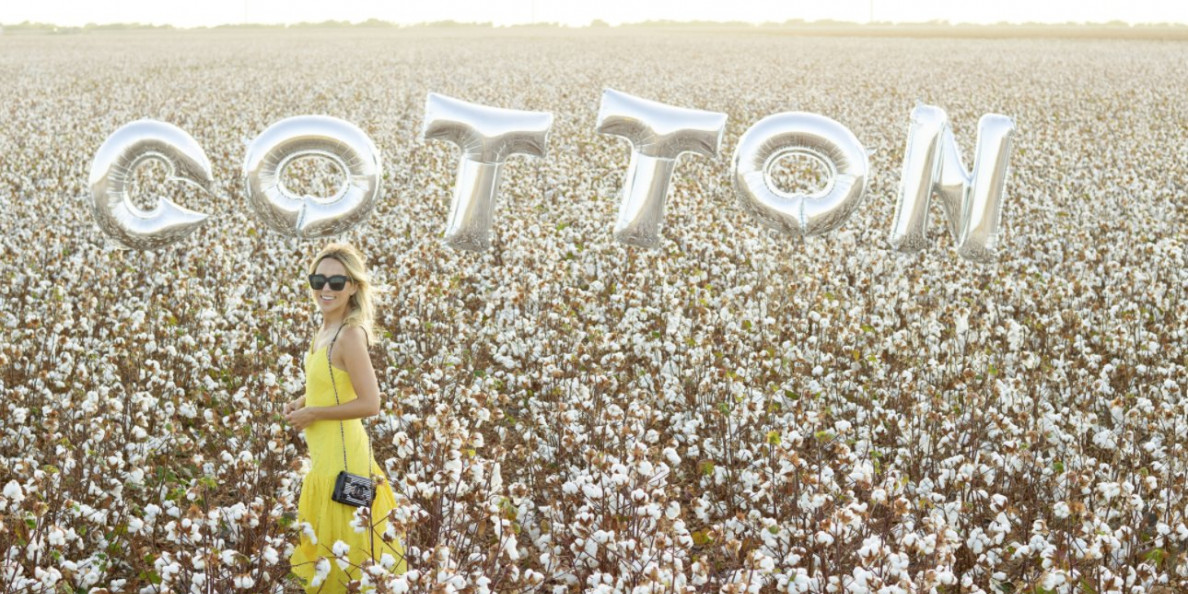By Jeff Thompson, Autauga Quality Cotton Association
Watching the market last week was certainly not for the faint of heart. Even though March futures gained 132 points to settle at 80.23, it traded in a wide 325-point range. It began on a positive note when the U.S and China agreed to a 90-day truce in their ongoing trade war. The good news was short lived, however, when President Trump later tweeted he was still a “tariff man” followed by the arrest of a Chinese business executive. All this cast serious doubt on whether the two countries could negotiate a resolve.
Aside from this, the biggest influence on prices last week was a sharp decline in the financial markets. The Dow fell almost 950 points losing 3.75 percent on growing concerns over the health of our economy and that of other countries. I must say, I have a difficult time understanding all there is about economics. No doubt the reason I gravitated toward the sciences where factual data guides actions rather than vague often contradicting theories.
For example, one would think low unemployment and higher wages to be a good thing, but they are also inflationary resulting in higher interest rates which is a bad thing. It all reminds me of a Spanish soap opera where no one can be happy for very long.
Too, it often appears the market makes the news rather than the other way around. Whatever activity befalls it a reason is drummed up to justify the action. Nonetheless, it is what it is and don’t look for it to change. Instead, those of us trying to make sense of it all must have faith in the fundamentals. Fortunately for cotton, these remain very favorable.
We are still on course to consume 127 million bales globally, the highest level since 2006. In addition, U.S. ending stocks are estimated to be at their lowest level since 2011. While the latter estimate is certain to be lower as the 2018 crop gets smaller by the day.
Thousands of acres are still to be harvested after weeks of torrential rains and snows supporting the old adage that one good picking day in September or October is equal to four in November or December. Both yield and fiber quality have suffered considerably because of these delays. I dare say some acres may never be picked as the ground has now become a quagmire, even in the sandy south.
Looking ahead, the above supply and demand scenario should support the current trading range of 78 to 82 cents, with minimal downside risk. Any significant move to the upside would require substantiated positive news on the trade front or sizeable Chinese cotton purchases. Anyone with unpriced 2018 cotton should be alert to any news item which might result in a bump in prices.
Though we are months away from planting, it is not too early to start thinking about pricing your 2019 crop. December 19 futures closed Friday at 78.03. Looking back to last year, most growers began pricing cotton in the mid 70’s. Considering the unpredictable outside forces now controlling this market, something near 80 cents may be an attractive place to start. Choice Cotton is here to assist you in obtaining forward contracts for your 2019 crop. Call us at 334-365-3369.
There is one other item I would like to address which concerns me greatly. We are experiencing a record high level of bark bales throughout the Southeast. A look at the USDA classing summary for the week ending December 6 best illustrates. Of all the bales classed last week in Alabama 18.5% had bark, in Florida it was 30% followed by Georgia at 19%. This compares to Texas with only a little over 7 %.
Similar findings can be found when looking at seasonal totals: Alabama 9.5%, Florida 20.4%, Georgia 9.5% with Texas at 5.8%.
Some might say Hurricane Michael and recent freezes are to blame. But there is much more to it than that for this trend has been apparent from the onset of harvesting. Growers themselves were unaware until they began to realize deductions for bark can be painful financially at over twenty dollars a bale. Unfortunately, I’ve heard little from within the industry concerning this serious problem.
I know many University extension personnel and ag product manufacturers read my letter. I call on all of us to make this issue a priority over the winter months. We must start a dialogue and analyze data to determine the cause or causes of this increased incidence of bark in the Southeast. Only then can we provide growers useful and accurate information to help them avoid such a costly problem in 2019.


